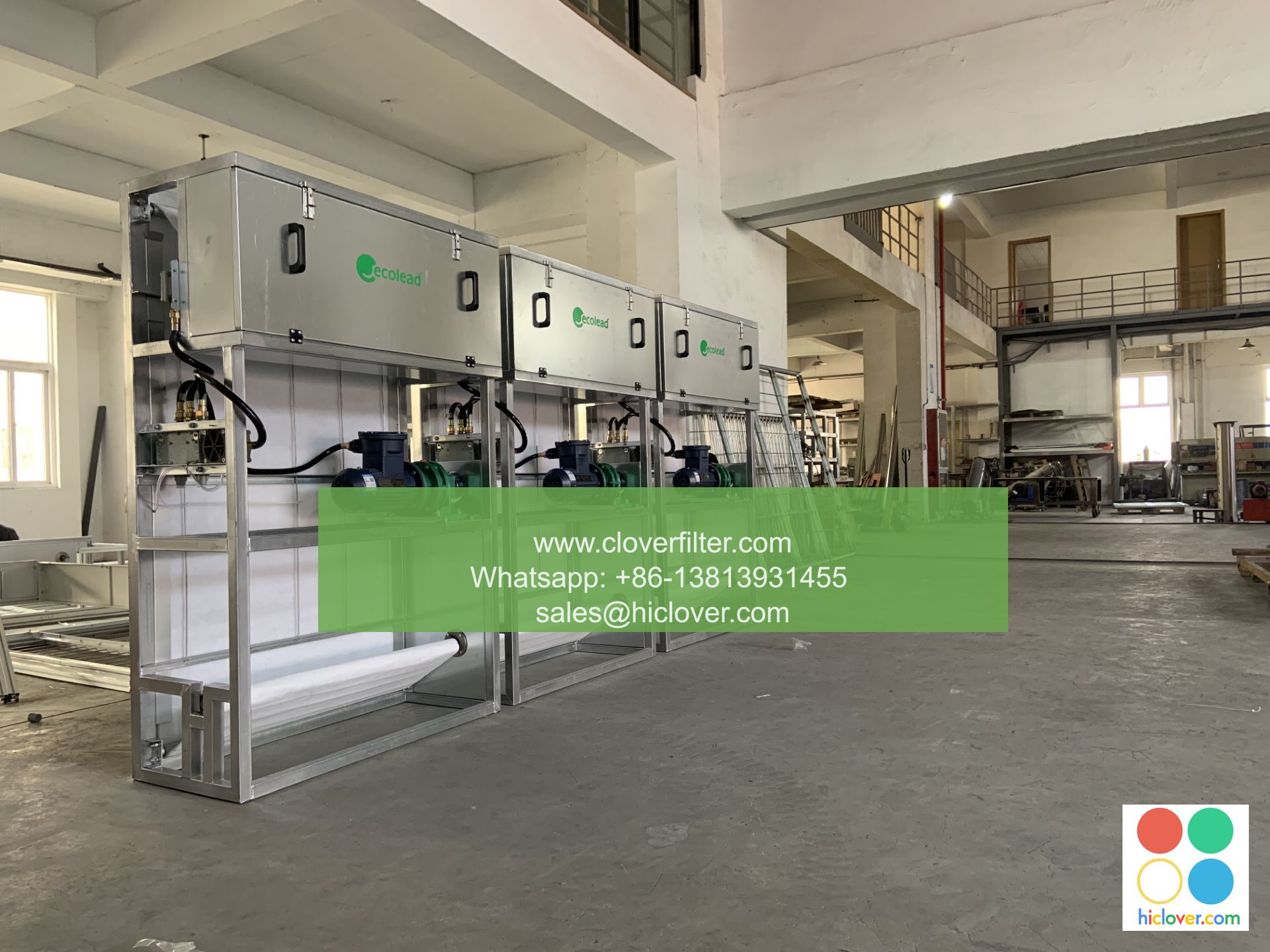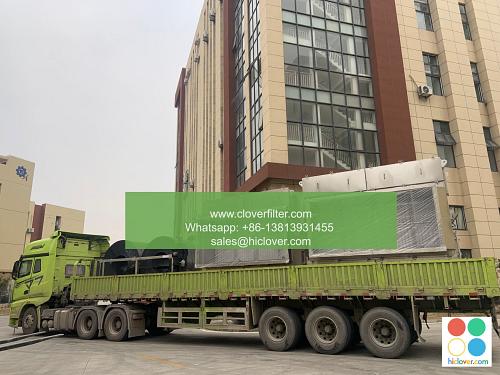How Air Filter Integrations Can Help Reduce Allergy Symptoms

As the world becomes increasingly aware of the importance of indoor air quality and its impact on our health, air filter integrations have emerged as a crucial solution in reducing allergy symptoms and promoting a healthier living space. In this article, we’ll delve into the benefits of air filter integrations, their various application areas, and how they can help alleviate allergic reactions caused by airborne pollutants.
Understanding Airborne Allergens and Their Impact on Health
Airborne allergens such as pollen, dust mites, pet dander, and mold spores can exacerbate allergic rhinitis, asthma, and other respiratory issues. These microscopic particles can become trapped in our respiratory system, triggering an immune response that leads to symptoms like congestion, sneezing, and itchy eyes. By incorporating air filter integrations into our homes, offices, and vehicles, we can significantly reduce the concentration of these airborne allergens and create a healthier environment.
Key Benefits of Air Filter Integrations
The integration of air filtration systems offers several benefits, including:
* Improved indoor air quality: By removing particulate matter and gaseous pollutants from the air, air filter integrations can improve the overall air quality and reduce the risk of allergic reactions.
* Reduced allergy symptoms: By minimizing exposure to airborne allergens, air filter integrations can help alleviate symptoms like congestion, sneezing, and itchy eyes.
* Increased energy efficiency: Many modern air filter integrations are designed to be energy-efficient, which can help reduce energy consumption and lower utility bills.
Application Areas for Air Filter Integrations
Air filter integrations can be applied in various settings, including:
* Residential buildings: Integrating air filters into HVAC systems or using portable air purifiers can help improve indoor air quality and reduce allergy symptoms.
* Commercial spaces: Air filter integrations can be used in office buildings, restaurants, and retail stores to improve indoor air quality and create a healthier environment for employees and customers.
* Vehicles: Car air purifiers and truck air filters can help reduce exposure to airborne allergens while driving, making them an essential accessory for allergy sufferers.
* Industrial settings: Air filter integrations can be used in manufacturing facilities, warehouses, and construction sites to remove hazardous particles and gases from the air.
Technologies Used in Air Filter Integrations
Various technologies are used in air filter integrations, including:
* HEPA filters: High Efficiency Particulate Air filters can capture 99.97% of particles as small as 0.3 microns, making them an effective solution for removing airborne allergens.
* Activated carbon filters: These filters can absorb gaseous pollutants and odors, improving indoor air quality and reducing allergy symptoms.
* UV light technology: Ultraviolet light can be used to kill bacteria, viruses, and other microorganisms that can exacerbate allergies.
Conclusion
In conclusion, air filter integrations offer a highly effective solution for reducing allergy symptoms and promoting a healthier living space. By understanding the benefits and application areas of air filter integrations, individuals can make informed decisions about how to improve their indoor air quality and alleviate allergic reactions. Whether you’re a homeowner, business owner, or individual looking to reduce your exposure to airborne allergens, air filter integrations are a valuable investment in your health and wellbeing. It looks like you didn’t include a prompt. Could you please provide more details or specify what you would like to talk about or ask? I’m here to help with any questions or topics you have in mind!

